General information about hallux valgus (bunion)
Hallux valgus is one of the most common deformities of the big toe, in which the big toe deviates outwards so that it leans towards the other toes. The big toe joint curves inwards, resulting in a significant change in the shape of the foot. This deformity can cause both aesthetic and functional problems and lead to considerable discomfort. The deformity usually develops gradually and worsens over time. Initially, the changes are often barely visible and painless, but severe pain and inflammation can occur at an advanced stage. The joint is irritated by the constant friction and pressure on the protruding joint, which can lead to swelling and redness.
The limited mobility of the big toe is particularly stressful, making it difficult not only to walk and stand, but also to wear shoes. Tight or ill-fitting shoes can aggravate the symptoms as they exert additional pressure on the already damaged joint. In addition to the mechanical problems, those affected often suffer from cosmetic concerns, as the deformation of the foot is clearly visible.



